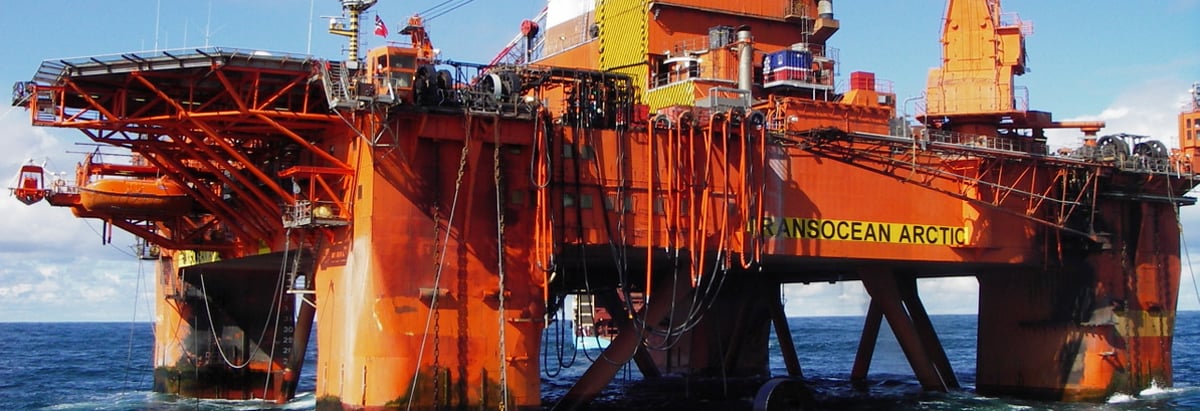- United States
- /
- Energy Services
- /
- NYSE:RIG
Some Transocean (NYSE:RIG) Shareholders Have Copped A Big 60% Share Price Drop

It is doubtless a positive to see that the Transocean Ltd. (NYSE:RIG) share price has gained some 31% in the last three months. But that doesn't change the fact that the returns over the last three years have been disappointing. Indeed, the share price is down a tragic 60% in the last three years. Some might say the recent bounce is to be expected after such a bad drop. After all, could be that the fall was overdone.
View our latest analysis for Transocean
Given that Transocean didn't make a profit in the last twelve months, we'll focus on revenue growth to form a quick view of its business development. When a company doesn't make profits, we'd generally expect to see good revenue growth. That's because it's hard to be confident a company will be sustainable if revenue growth is negligible, and it never makes a profit.
In the last three years Transocean saw its revenue shrink by 10% per year. That's not what investors generally want to see. With revenue in decline, and profit but a dream, we can understand why the share price has been declining at 26% per year. Of course, it's the future that will determine whether today's price is a good one. We'd be pretty wary of this one until it makes a profit, because we don't specialize in finding turnaround situations.
The image below shows how earnings and revenue have tracked over time (if you click on the image you can see greater detail).

We consider it positive that insiders have made significant purchases in the last year. Having said that, most people consider earnings and revenue growth trends to be a more meaningful guide to the business. You can see what analysts are predicting for Transocean in this interactive graph of future profit estimates.
What about the Total Shareholder Return (TSR)?
Investors should note that there's a difference between Transocean's total shareholder return (TSR) and its share price change, which we've covered above. Arguably the TSR is a more complete return calculation because it accounts for the value of dividends (as if they were reinvested), along with the hypothetical value of any discounted capital that have been offered to shareholders. Its history of dividend payouts mean that Transocean's TSR, which was a 60% drop over the last 3 years, was not as bad as the share price return.
A Different Perspective
Investors in Transocean had a tough year, with a total loss of 26%, against a market gain of about 28%. However, keep in mind that even the best stocks will sometimes underperform the market over a twelve month period. Unfortunately, last year's performance may indicate unresolved challenges, given that it was worse than the annualised loss of 16% over the last half decade. Generally speaking long term share price weakness can be a bad sign, though contrarian investors might want to research the stock in hope of a turnaround. It's always interesting to track share price performance over the longer term. But to understand Transocean better, we need to consider many other factors. To that end, you should be aware of the 2 warning signs we've spotted with Transocean .
There are plenty of other companies that have insiders buying up shares. You probably do not want to miss this free list of growing companies that insiders are buying.
Please note, the market returns quoted in this article reflect the market weighted average returns of stocks that currently trade on US exchanges.
If you spot an error that warrants correction, please contact the editor at editorial-team@simplywallst.com. This article by Simply Wall St is general in nature. It does not constitute a recommendation to buy or sell any stock, and does not take account of your objectives, or your financial situation. Simply Wall St has no position in the stocks mentioned.
We aim to bring you long-term focused research analysis driven by fundamental data. Note that our analysis may not factor in the latest price-sensitive company announcements or qualitative material. Thank you for reading.
About NYSE:RIG
Transocean
Provides offshore contract drilling services for oil and gas wells in Switzerland and internationally.
Undervalued with adequate balance sheet.
Similar Companies
Market Insights
Community Narratives





